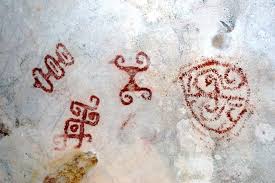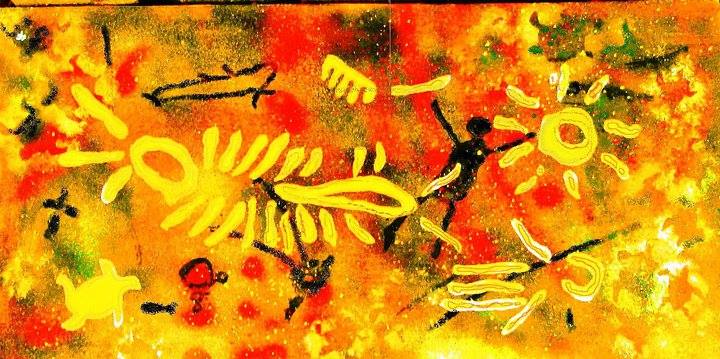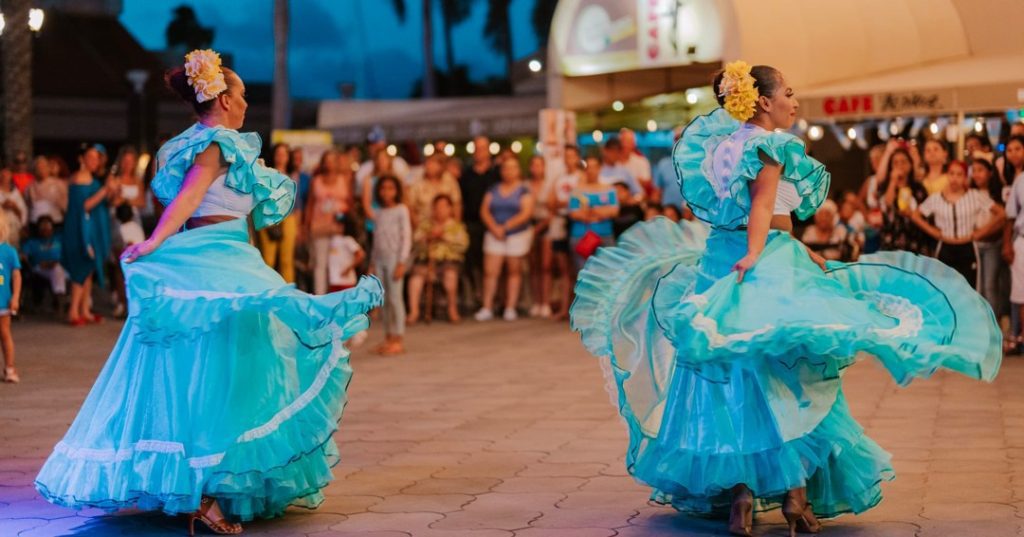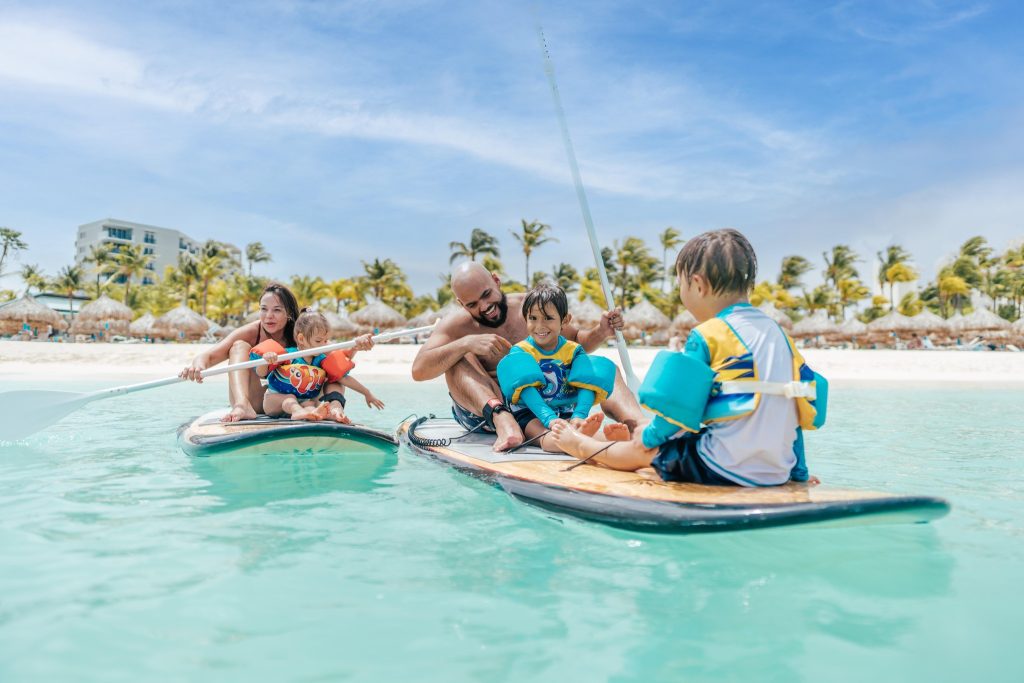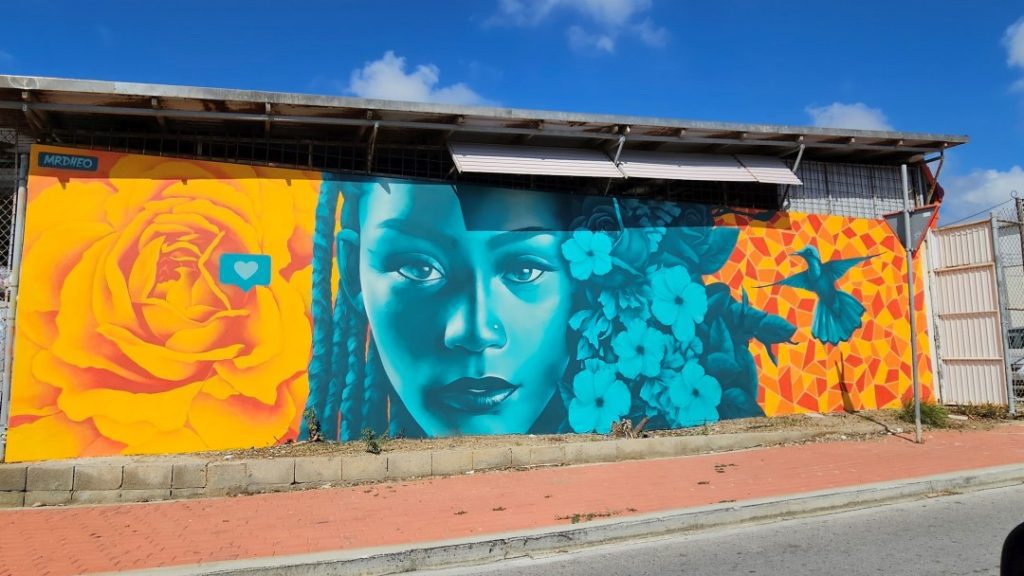When we last left our little island she was a pristine wild tangle of kwihi trees and exotic birds. Deep trenches where water ran down the mountains were lined with lush vegetation and rain water pools were filled with freshwater turtles. For these early tales of Aruba, we need to mix a liberal amount of imagination in with our history because no records date back to when these stories begin.
Archaeological digs in South America have given us a pretty good idea of what life was like for the Caiquetio Indians and – for historical purposes – they were the first group of people to ever inhabit Aruba. However, there is some evidence that another group of Indians were visiting Aruba – possibly even hundreds or thousands of years before the Caiquetio. In 1989, there was an archaeological expedition on the North-West Coast of the island in Malmok. During WWII a burial site was discovered that bears striking differences from the burial grounds of the Caiquetio. From the placement of the bodies to the bone structure of people who were unearthed during that dig; there’s evidence to suggest that group of people, far more ancient than the Caiquetio, were Aruba’s first ‘tourists’.
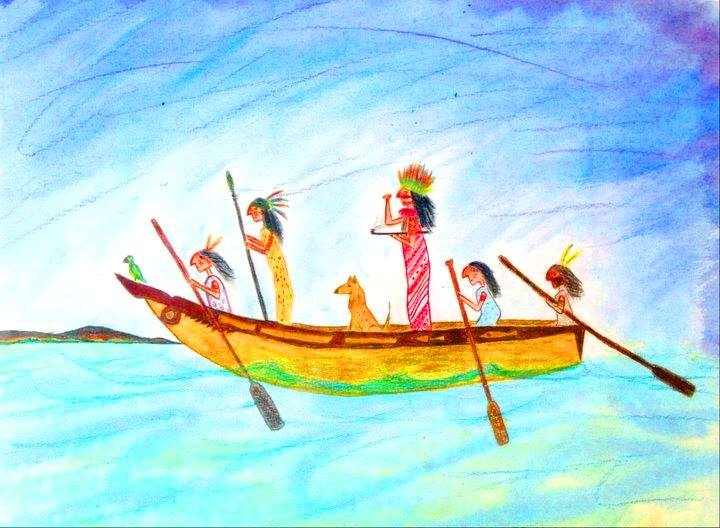
The Paleo Indians lived during the last glacial period and are widely believed to be the first group of people who migrated across the Bering Land Bridge from Asia to the Americas. They are considered the early inhabitants of the Caribbean basin. These stone age Indians had physiological anomalies that separated them from the Caiquetio/Arawak Indians such as the shape of their cranium and teeth, however we simply don’t have enough information about the Paleos to accurately describe their lives. As a nomadic tribe, they left very little behind, so any artifacts they left are scattered and sometimes difficult to put into context.
Primitive stone tools, such as arrowheads and scrapers are among some of the artifacts we can attribute to the Paleos. They lived between forty and ten thousand years ago and they spent their lives in constant motion. Living in small tribes between twenty and fifty people, the Paleos were into hunting big game, megafauna that went extinct long ago such as the woolly mammoth.
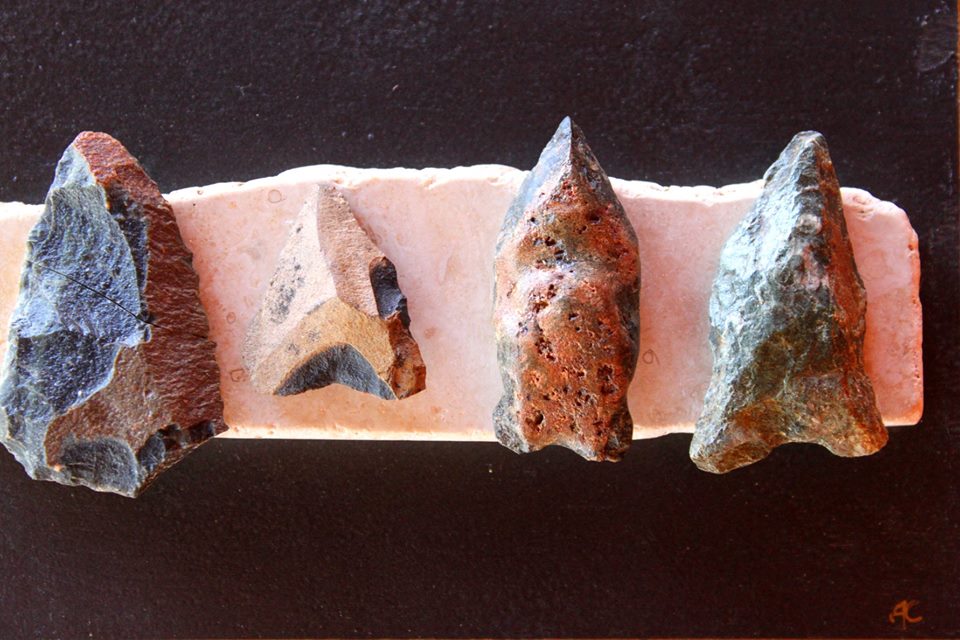
They following their food, gathering nuts, berries and edible roots along the way – preparing for the colder months. Thirty thousand years ago, the climate was significantly colder and sea levels were notably lower than they are today. It’s entirely possible that the distance between Aruba and Venezuela, at that time, was either dry land or very shallow water.
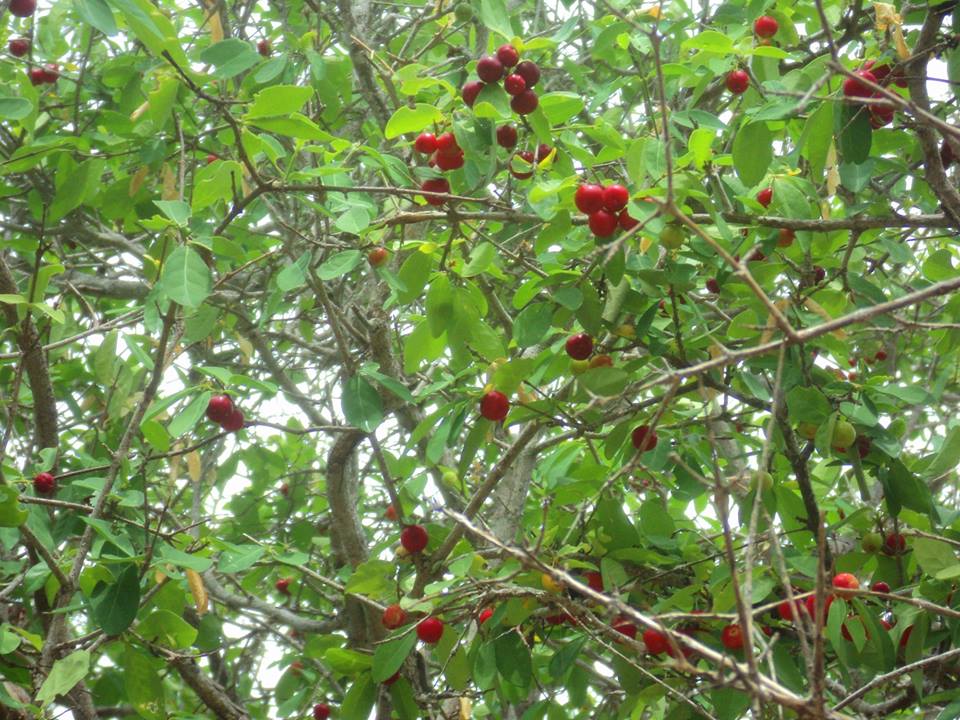
Perhaps the Paleos walked from the South to Aruba to gather fruit from exotic plants we’ll never know and spent the summer fishing fish before returning to the mainland for the winter. Perhaps they came from the North by canoe over a smaller, calmer version of the Caribbean Sea we know today – excited to spend the warm months on Aruba’s gorgeous, sandy shores with creatures that are now long gone. We can speculate until the turtles come home, but we’ll never really know for sure how they got here, why they came or what life was like for the Paleos on Aruba.

What we do know is that during the 1989 archaeological expedition, groups of Indians were discovered in Patriarchal positioning with shells that were older than themselves by thousands of years. Aruba’s own history maverick, Anthony Croes, has a copy of the scientific findings of the dig and fascinating theories about the Paleos on Aruba. Next time you’re visiting Etnia Nativa, make sure you ask Anthony about the group of Indians he affectionately calls the ‘Malmokers’. He has amazing tales to tell about Aruba’s first vacationers.
Let’s put speculations aside for now and focus on the Island’s first full time residents. We know these inhabitants far better than we know better than the Paleos. The Arawak Indians were named in 1871 by ethnologist Daniel Garrison Brinton after the language they spoke. The Arawak language allegedly emerged in the Orinoco River Valley and spread through South and Central America and the Greater Antilles in the Caribbean during precolonial times. Language evolves, just as people do, and the Taino Indians (the people that Christopher Columbus ran into when he ‘discovered’ America) and the Caiquetio are also named for the language they spoke – both of which can be considered dialects of Arawak.
The Arawak were a relatively peaceful tribe of sedentary indians that inhabited the rainforest of South America. There were one of several different tribes of Indians occupying that region. It’s speculated that the group of Caquetios who first came to Aruba, did so to escape being conquered by the Carib Indians. Sea levels were higher during this time and the journey from Venezuela was insanely dangerous, especially since the Caquetios were traveling in primitive wooden canoes. Rowing over huge waves, against the current, with whatever possessions they could carry in calabash containers. Arriving on Aruba makes everyone happy but imagine the sense of relief those brave indians must have felt when they safely reached the North coast and discovered the unspoiled beauty of their new home.
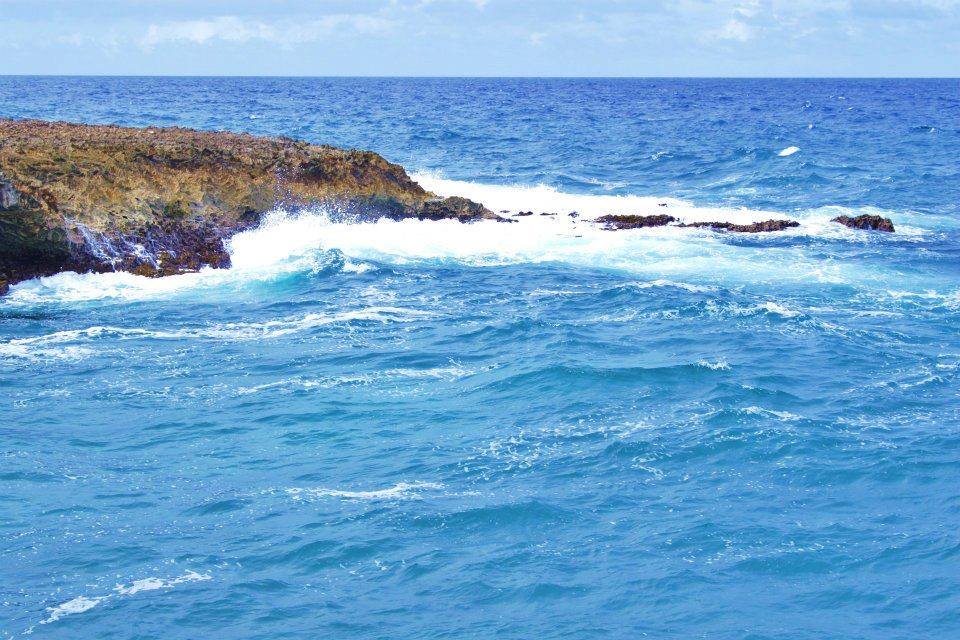
Remnants of Caquetio settlements were found on Aruba in Canashito, Malmok, Savaneta, Santa Cruz and Tanki Flip. They were a simple people who sustained themselves by hunting, fishing and gathering. They brought their culture with them from South America, a fact that is evident in the tools they used, the way they buried their dead and the style of the drawings they left in Aruba’s caves. Since they lived in permanent settlements, they left us enough artifacts to paint a picture of what daily life might have been like for Aruba’s first full-time residents.
